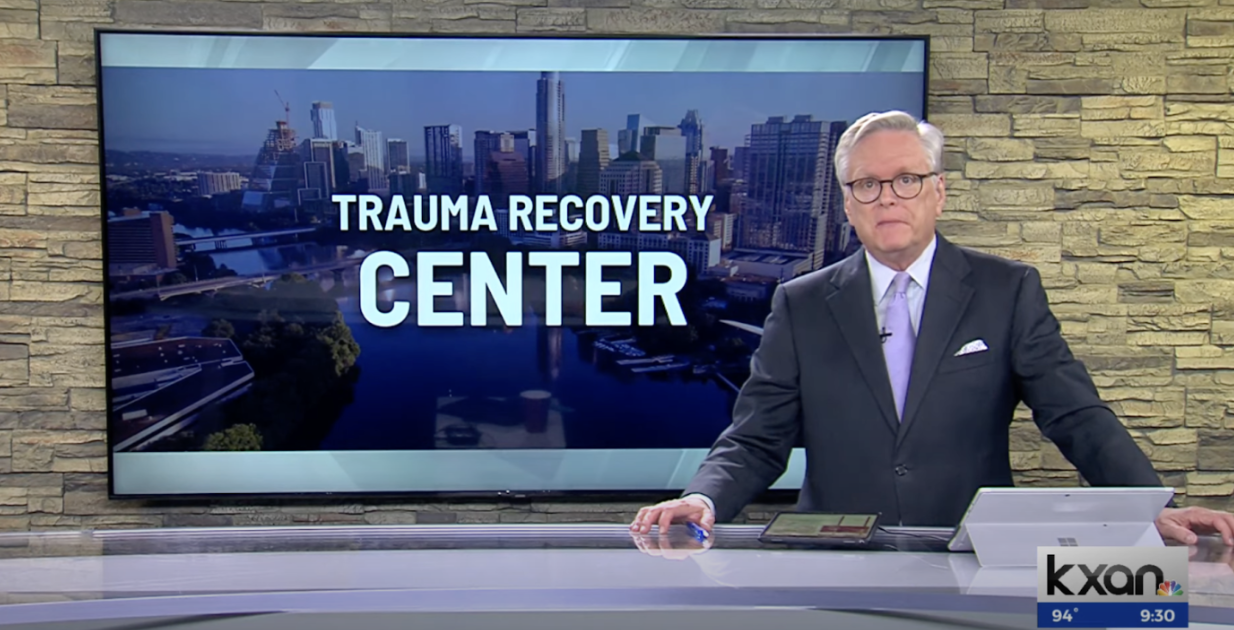What To Read This Week
1. Baltimore’s “Community Violence Intervention Program Is Helping To Drop The Homicide Rate.”
Safe Streets, Baltimore’s flagship community violence intervention program, focuses resources on high gun violence zones within the city, using trained experts to de-escalate conflict before it spreads. According to a new study from researchers at Johns Hopkins University, that focus appears to be paying off:
Safe Streets is “associated with a statistically significant 23% reduction in nonfatal shootings” across all program sites; and
“Homicides were 22% lower than forecasted” if Safe Streets “had not been implemented” in the city’s five longest running program sites.
The researchers also concluded that for every $1 invested in Safe Streets, the city gained an estimated “$7.2 to $19.2 in economic benefits,” leading the study’s lead author, Daniel Webster, to conclude: “[W]hen programs like Safe Streets are properly implemented and adequately funded, they can significantly reduce gun violence in the most impacted neighborhoods.”
But the city is not resting on its laurels.
As Baltimore’s CBS’ affiliate reported, the mayor announced last week that the city is building an ecosystem of CVI programs, including expanding this year into public schools where intervention workers will aim “to save young lives by focusing on conflict management and building interpersonal skills”;
Hospital-based violence intervention programs will also play a bigger role in the city’s violence prevention strategy. Here’s what Daniel Blum, chief executive of both Sinai Hospital and Grace Medical Center, told Lisa Robinson at NBC’s local affiliate about why expanding CVI into more hospitals matters:
“[H]ospitals are no longer in the business of patch and release. They want to treat victims of violence in ways that will keep them from being victimized again or even becoming perpetrators. ‘[We will] engage in ways that preempt the violence. We know a patient often needs more than a splint or a suture. They may need a counselor, a referral, or help [to] secure housing, education, food or even a job.”
2. Excellent Television News On Trauma Recovery Centers
As part of a multi-edition effort to highlight compelling, fair, and informative local television news reporting, here is a must-watch segment on the City of Austin’s effort to greenlight the first trauma recovery center in Texas:
For Austin’s NBC affiliate, Brianna Hollis reported that “more resources are on the way for violent crime victims in Texas [as] the City of Austin moved forward with funding the state’s first Trauma Recovery Center,” a “one-stop shop to provide things like free mental health services and help navigating the justice system.” Hollis also reported Austin city leaders were encouraged by data from states like California where people who used a trauma recovery center’s resources returned back to work at a 56% higher rate than those who did not.
Related: As Safer Cities noted earlier this year, Austin budgeted $1,000,000 to launch a Trauma Recovery Center. Yet, in order to make the center a reality, the city needed Travis County to share the funding load. Last week, county commissioners unanimously approved the resources needed for the trauma recovery center.
3. When Forced To Choose, Mayors Prefer Hiring Social Workers To Handle Mental Health Calls Over Hiring More Police Officers.
Politico convened a 50 person focus group to discuss major issues plaguing America’s cities. The twist: the 50 participants are all mayors; which, as Politico put it, allows readers to “hear directly from leaders who are far from Washington’s corridors of power, representing cities and towns big and small, urban and suburban.”
When Politico asked the mayors about the “single most pressing issue in their communities … Nearly half of the 50 [chose] public safety.”
So, how would these mayors go about making their cities safer?
When given a “hypothetical $500,000 public safety budget surplus” to allocate, most mayors prioritized hiring “social workers to handle nonviolent policing duties such as mental health issues” over “creat[ing] or hir[ing] more police officers.”
Here’s a great visualization from Politico, capturing this preference:


